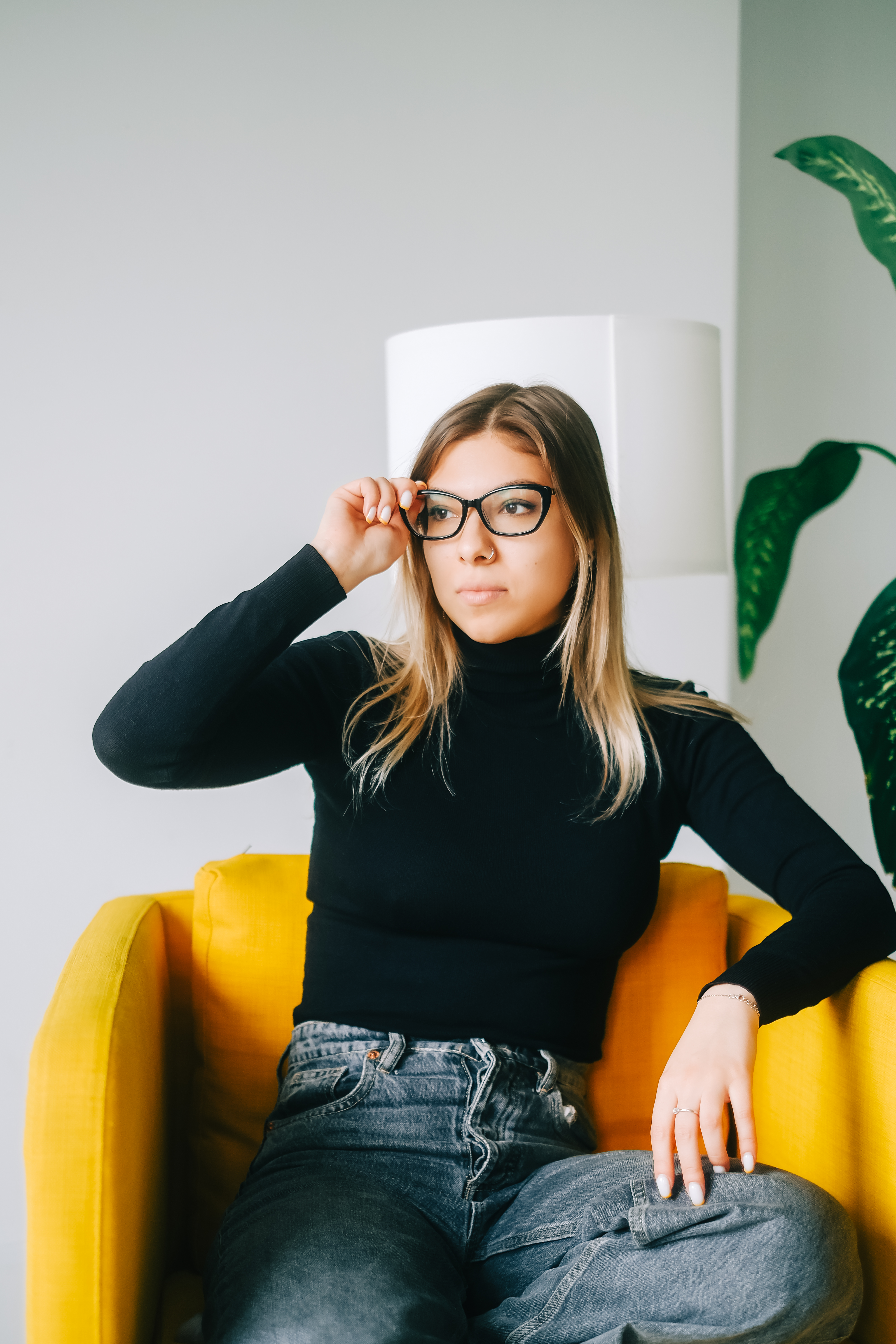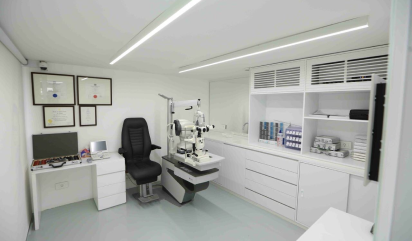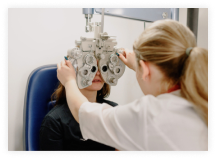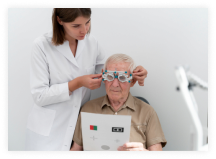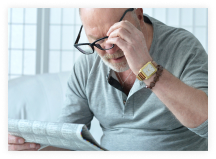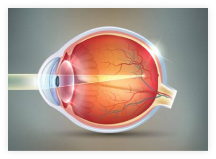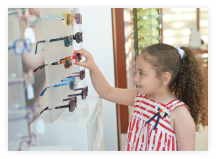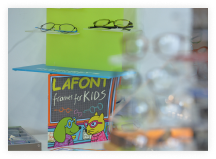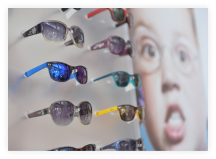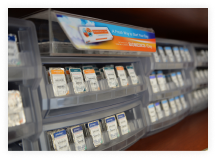We only work with internationally recognized ophthalmic lenses. Our team is always up to date with the latest ophthalmic lenses technology in order to prescribe for you the right eyeglasses that suit your eyes as a high index to get the thinnest lenses, photochromic lenses that change as the light change, blue filter anti-reflection for the computer use and progressive lenses that give you the best vision at all distances if you are presbyopic.
Recommended Lenses
A thinner manufacture at the edges of the lens and lighter in weight a good choice for people with a stronger prescription. These are lenses that have a higher index of refraction, enabling them to bend light rays to create a clearer vision for these strong prescription glasses. It is especially a good option for people having Myopia, or nearsightedness, since they have difficulty seeing objects at a distance.
Specialized Kids Lenses
Specialized kids’ lenses are more impact resistant than regular plastic lenses. VISIQUE Optometrists' kids’ eyewear frames are more durable, thinner, lighter, and made of stronger materials, such as stainless steel, acetate, and titanium. This allows the kids to have as much of a childhood experience without worrying about their vision, or their glasses constantly breaking. There are also contact lenses for kids, which is proven by pediatric studies that they improve their activity participation more than when wearing glasses.
Progressive Lenses
Progressive lenses allow the wearer multiple vision fields to be incorporated into one single lens without any distinction between the fields of themselves. Since age affects vision most of the time, progressive lenses tackle different eye conditions instead of just focusing on one, where they help see clearer from all distances. You can see objects clearly at a distance using the top part of the lens, and the bottom to see better nearsightedness.
Light Protection Lenses
There are various types of light protection lenses that you can choose from, and that depends on the spectacle use, and if their use is limited to indoor use or outdoors as well.
-Lens tints
Ophthalmic lenses have different colored tints and densities. People who are diagnosed with asthenopia, commonly known as eye strains, benefit more from 10% to 20% tinted lenses. These can be worn all day and create comfort, as well as reduce glare and UV protection.
-Blue blocking filters
These are standard light protection lenses that reduce visible light, in which it reduces glare and improves contrast vision. However, blue light glasses result in a higher risk for color distortion.
-Polarising filters
Polairising filtered lenses get rid of light reflections off of shiny surfaces like glass. Less light passes through the filter when rays hit the lens at a perpendicular angle.
Photochromic Lenses
Photochromic lenses change from clear to dark based on the intensity of UV rays radiation. The eyeglasses lenses are clear when indoors, and when exposed to sunlight, they automatically darken. They can also be known as “light-adaptive lenses”.
A technical explanation for that is based on the molecules found in these lenses, which are activated due to Ultraviolet radiation from the sun, causing them to darken.
